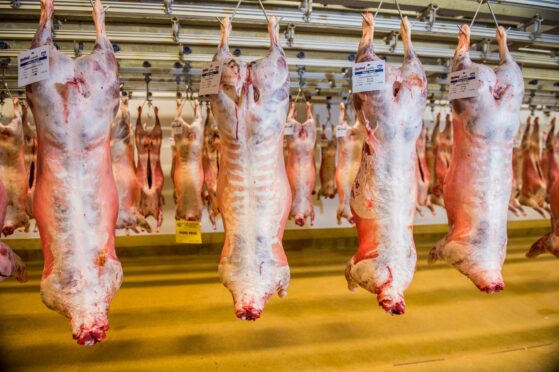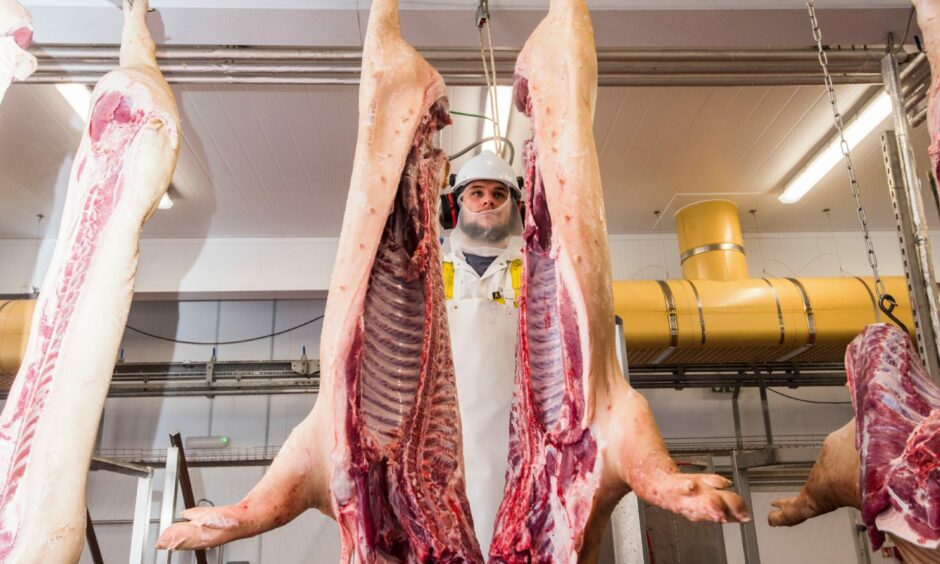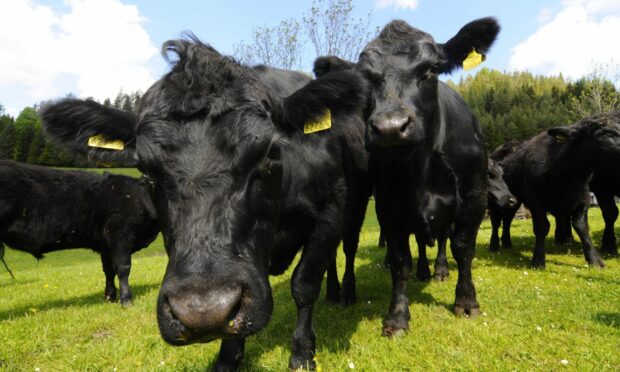The Rare Breeds Survival Trust (RBST) has accused the Scottish Government of overlooking the “local abattoir crisis” facing livestock producers in many parts of Scotland.
RBST chief executive, Christopher Price, has written a letter to Rural Affairs Secretary Mairi Gougeon to raise his concerns.
In the letter, Mr Price says two government consultations – Agricultural Transition in Scotland: first steps towards our national policy and Local Food For Everyone – failed to recognise the need to address the abattoir shortage in Scotland.
“The decline of the local abattoir network in Scotland has created a serious obstacle to sustainable farming and local food networks, but both of the Scottish Government’s recent consultation papers on the future of farming and local food have overlooked this vital issue,” said Mr Price.
He said data from Quality Meat Scotland suggested there were now only 26 red meat abattoirs in Scotland and results from an RBST survey earlier this year showed 42% of rare breeds livestock owners cited a lack of a suitable abattoir as one of their top three greatest barriers to business growth.
Mr Price added: “A network of future facing, resilient local abattoirs is crucial for farming with the native breeds of livestock like the Aberdeen-Angus and Highland cattle which play such an important role in supporting Scotland’s biodiversity and are also stars of Scottish food.
“I urge the Cabinet Secretary for Rural Affairs and Islands to ensure that the path towards the local abattoir network that Scotland needs is central to the development of local food and farming strategies.”
The Scottish Association of Meat Wholesalers backed the RBST and said the needs and priorities of the meat processing sector were “largely overlooked” in recent Scottish Government proposals.
The association’s executive manager, Martin Morgan, said: “The lack of local access to a processing facility in many parts of Scotland is well documented; over the past 20 years at least a dozen Scottish meat plants have been forced to close their doors due to the heavy commercial pressures and regulatory cost burdens this sector endures.
“We would be happy to work with the Government and other players within the supply chain to meet the needs of local food networks and rare breed producers to put in a place a collection and transport system that matches available processing capacity with local demand at a reasonable cost.”
A Scottish Government spokesman said the importance of local slaughter provisions had been recognised by the government when it commissioned a feasibility study to determine whether mobile abattoirs would be viable in Scotland.
He added: “The feasibility study, published last year, provides details of what would be required to operate mobile abattoirs in Scotland, including the regulatory framework, and offers a cost-benefit analysis of possible operational models.
“The Scottish Government and Food Standards Scotland would be willing to discuss the findings in more detail with those who are considering operating mobile abattoirs in Scotland. No further legislation would be required other than what is already laid down for the running of a slaughter house.”


